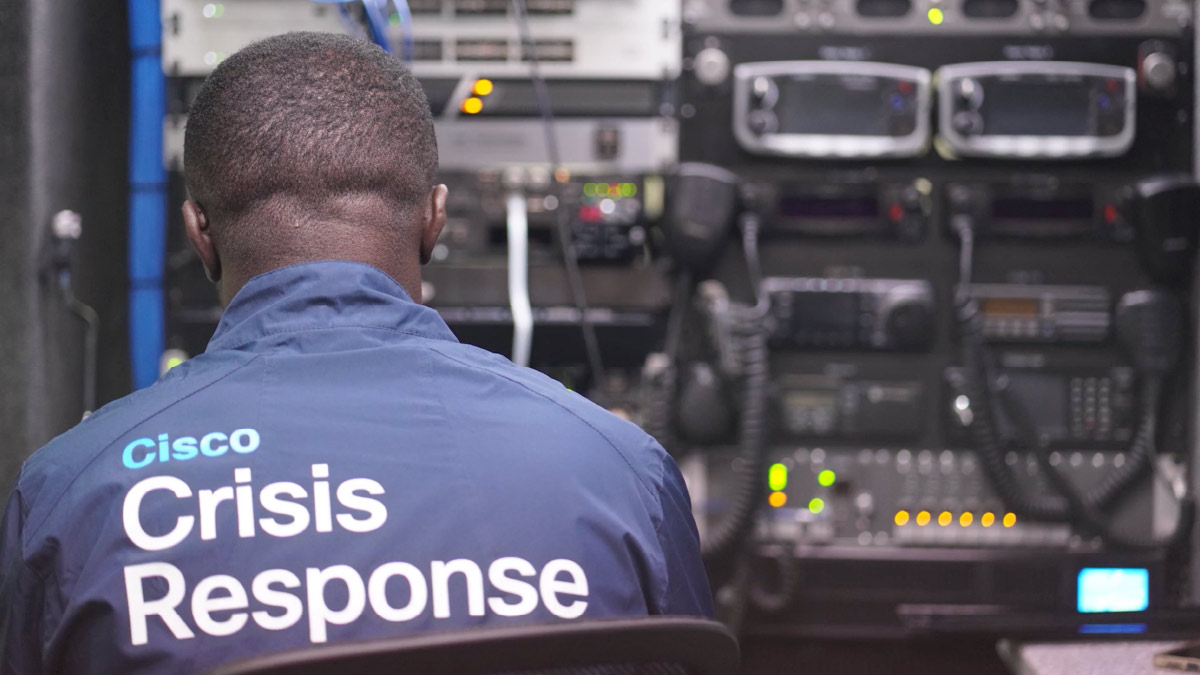What will the Internet be like in 2025?
How much bigger will it have grown from today's 2 billion users and $3 trillion market?
Will it have achieved its full potential to connect the world's entire population in ways that advance global prosperity, business productivity, education and social interaction?
Or will it be something less?
Cisco and the Monitor Group's Global Business Network, the world leader in scenario planning, today publish "The Evolving Internet." The report examines the driving forces and uncertainties that will – in whatever combination – shape the path of the Internet over the next 15 years.
In four scenarios – the result of more than a year's worth of research, data collection and interviews – different potential pathways are described and detailed. The scenarios suggest how a range of critical factors might play out, such as net neutrality policies, infrastructure investments, consumer response to new pricing models, and technology adoption.
One scenario describes a familiar roadmap in which the Internet continues on its trajectory of unbridled expansion and product and service innovation. The other three challenge that future, and in the process illuminate various risks and opportunities that lie ahead for both business leaders and policy makers.
Notes Enrique Rueda-Sabater, report co-author and Cisco's director of strategy and economics for emerging markets. "The next 2 or 3 billion Internet users will be mostly in emerging markets and very different from the first 2 billion; global business models and national policies will fail if they are based on old expectations of behavior, preferences, and success."
Adds GBN cofounder and Monitor Partner Peter Schwartz, a major contributor to the work, "We can't predict the future, but we do know that the Internet-related choices being made in 2010 will have long-term consequences—intended and unintended. We hope these scenarios will foster a deeper strategic conversation in and across the technology and policy communities about the impact of today's decisions tomorrow."
An interdisciplinary team led by Cisco and GBN have examined the driving forces and uncertainties that will shape the Internet - and the $3 trillion market (… and counting) it enables - from now through 2025. Their findings culminate in four illustrative scenarios, designed to help decision-makers in both technology companies and government understand, anticipate, and manage key changes, risks, and opportunities so that the Internet's potential to create economic and social value can be realized globally.
The report's structure and findings:
Five premises: The report outlines five powerful trends already underway that provide a common foundation for any scenarios on the Internet's future. These trends relate to the global composition and governance of the Internet, generational differences, interface technology, and pricing models for connectivity:
- Most growth in the Internet-related market will occur outside of today's high income, or "advanced," economies.
- Global governance of the Internet will remain substantially unchanged.
- "Digital natives" will relate to the Internet in markedly different ways than earlier generations.
- The QWERTY keyboard will not be the primary interface with the Internet.
- Consumers will pay for Internet connectivity in a much wider range of ways - with flat pricing a rarity.
Three axes of uncertainty: Many other drivers of change are highly uncertain yet important influences on the Internet's future. These uncertainties can be organized along three axes:
- Will broadband network build-out be extensive as a result of the combined effect of private and public investment, or more limited?
- Will technological progress be characterized more by breakthroughs or mostly represent incremental advances?
- Will user behavior (including the appetite for ever-richer Internet applications) lead to demand growth being unbridled or more constrained?
The four scenarios: The interplay of these uncertainties can result in a large number of plausible scenarios for the Internet's path through 2025. The report focuses on four scenarios that portray challenging and distinctive alternative stories about how the world might unfold:
- FLUID FRONTIERS: A world in which the Internet becomes pervasive and centrifugal. Technology continues to make connectivity and devices more and more affordable (in spite of limited investment in network build-out) while global entrepreneurship - and fierce competition - ensure that the wide range of needs and demands from across the world are met quickly and from equally diverse setups and locations.
- INSECURE GROWTH: A world in which users - individuals and business alike - are inhibited from intensive reliance on the Internet. Relentless cyber attacks driven by wide-ranging motivations defy the preventive capabilities of governments and international bodies. Secure alternatives emerge, but they are expensive.
- SHORT OF THE PROMISE: A frugal world in which prolonged economic stagnation in many countries takes its toll on the spread of the Internet. Technology offers no compensating breakthroughs, and protectionist policy responses to economic weakness make matters worse - both in economic terms and with regard to network technology adoption.
- BURSTING AT THE SEAMS: A world in which the Internet becomes a victim of its own success. Demand for IP-based services is boundless, but capacity constraints and occasional bottlenecks create a gap between the expectations and reality of Internet use. Meanwhile, international technology standards don't come to pass, in part because of a global backlash against decades of U.S. technology dominance.
Two sets of implications: Finally, the report proposes two frameworks that explore the business strategy and policy implications of each scenario.
- What business models will best establish a sustainable, profitable position around the Internet of the future?
- What are the policy challenges that need to be addressed, nationally and internationally?
The report's illustrative sets of implications are indicative of how the scenarios can help leaders spot opportunities and make wiser decisions about tomorrow, today.
The complete report may be found at www.monitor.com and http://newsroom.cisco.com.
For more information and to set up interviews with the report's authors or key contributors – including Cisco Systems' Enrique Rueda-Sabater and Monitor GBN's Peter Schwartz – please contact the following:



